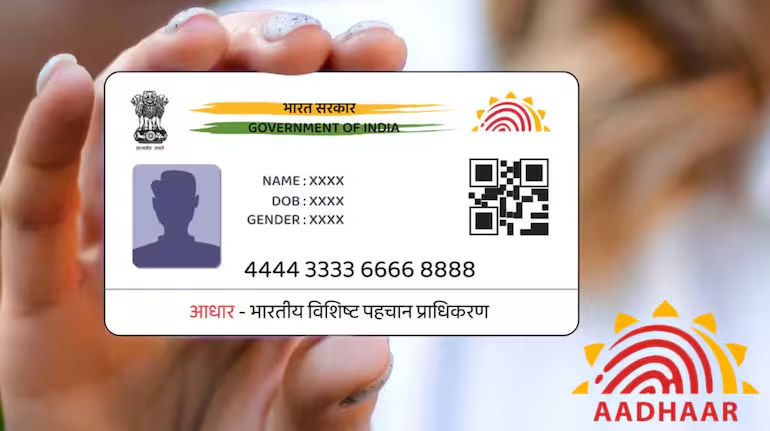What’s Changing The UIDAI is considering a redesign of the physical Aadhaar Card so that it displays only the cardholder’s photograph and QR code, in
What’s Changing
The UIDAI is considering a redesign of the physical Aadhaar Card so that it displays only the cardholder’s photograph and QR code, instead of personal‐details like name, address or the 12-digit Aadhaar number printed on the card.
A proposed rule is expected to be taken up in December 2025, signalling a shift toward stronger privacy protections.
The aim: to discourage entities (like hotels, event organisers, check-in counters) from collecting photocopies or using offline verification improperly.
Why This Matters
Privacy & security: By printing fewer details on the card, the risk of misuse of visible personal information goes down. If only a QR code is shown, verification shifts to controlled digital systems.
Offline verification crackdown: The Aadhaar Act already prohibits entities from collecting or storing Aadhaar numbers/biometrics during offline verification. But many still do. This change may force them to upgrade.
Card becomes less of a “document” and more of an “authentication token”: As UIDAI officials say, the physical card should not itself be the only proof; the QR/digital backend should verify.
Who’s Impacted & What to Do
Ordinary citizens: You may soon receive cards with fewer printed fields. Make sure your mobile number, email, and linked Aadhaar details are up-to-date so digital verification works smoothly.
Hotels / event organisers / offices: Entities that rely on photocopies of Aadhaar will need to move to QR-based verification or authorised digital flows.
Developers & service providers: If you build identity/verification systems, you’ll need to integrate newer UIDAI APIs, QR scanning, face authentication, etc.
Regulators: This may trigger fresh guidelines or enforcement actions around Aadhaar misuse and offline storage of personal data.
What Next?
A formal notification or gazette is likely in December 2025, setting out the new format and timeline.
The proposed redesign will likely be accompanied by a new Aadhaar app/platform from UIDAI that supports the updated verification flows and QR-based checks.
Existing cards will remain valid, but holders should prepare for migration to the new format and use digital modes of Aadhaar authentication rather than paper copies.
Entities involved in offline Aadhaar checks will face increased pressure and possibly regulatory action if they continue using old methods.



COMMENTS